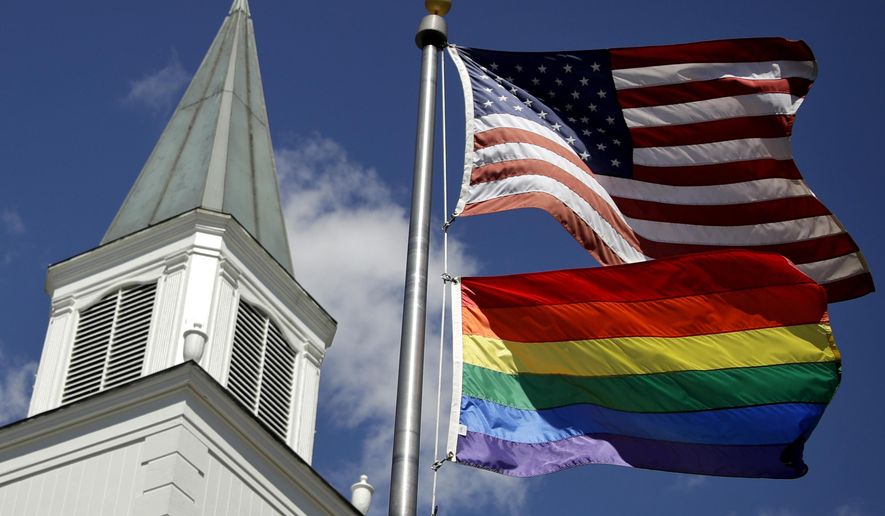The United Methodist Church’s schism over LGBTQ issues has cost the nation’s second-largest Protestant denomination about one-quarter of its congregations, mostly in the South, according to a new study.
Among more than 30,000 congregations, 7,631 churches have had their exits approved by area conferences between 2019 and 2023 — accounting for 24% of the Methodist church’s 6.5 million members, a study from the Lewis Center for Church Leadership of Wesley Theological Seminary says.
The church’s Southeastern and South Central regions saw the highest percentage of exiting congregations — 50% for the Southeastern region and 21% for the South Central region.
What’s more, the Methodists’ Northwest Texas Conference shed 162 of its 200 congregations — 81%, the highest percentage nationally.
The Methodist church’s thousands of disaffiliations represent the largest U.S. denominational schism since the Civil War, according to Christianity Today.
At issue is the role of LGBTQ people in the ministry. The United Methodist Church officially bars LGBTQ members from the ordained ministry, but there has been increasing pressure to change the restriction and one on same-sex marriage.
The existing churches oppose such changes, according to the Lewis Center study.
The Rev. Lovett H. Weems Jr., a senior consultant at the Lewis Center, said in an online article that the split in the United Methodist Church is not as large as the Methodist split over slavery in 1844, when 40% of members shifted to the Methodist Episcopal Church, South, over the issue.
But John Lomperis, United Methodist director at the Institute on Religion and Democracy said the Lewis Center numbers are “dramatically understat[ing]” the extent of the schism.
In a telephone interview, Mr. Lomperis said the church’s 54 annual conferences vary in size, ranging from a diocese of 80 congregations to some with more than 1,000.
“If you stack up the smaller annual conferences in terms of congregations, the number of congregations that left would be the equivalent of 20 or more entire annual conferences,” Mr. Lomperis said.
He added that the number of departing churches would equal the number of congregations in the western third of the U.S., the South Central region and New England.
Mr. Lomperis said that while the pre-Civil War split in Methodism might have been larger on a percentage basis, “the overall numbers were smaller” because the denomination was smaller then.
He said another factor is the number of Methodist congregations that closed between 2018 and 2021. Data compiled by the church’s General Council on Finance and Administration show that 3,266 congregations, with 462,122 professing members, shut their doors in that period. Several congregations were merged with other Methodist churches as well, Mr. Lomperis said.
“I think a lot of these clergy liberal clergy elites don’t understand that we laity are not as cheap as they can’t be caged as easily as they seem to think. And there have been large numbers of people that have been voting with their feet, and of course, that’s been going on for decades,” he said.
Leaders of the United Methodist Church, meanwhile, apparently want to make the best of a bad situation. The denomination’s news service acknowledged last week that the domestic losses mean the church will have to restructure, shrink budgets and “rethink” ministry. But it said “it’s worth noting that the vast majority of U.S. United Methodist churches remain in the denomination.”
The news service quoted Bishop Thomas J. Bickerton, president of the group’s Council of Bishops as saying, “It is critical that we put these events in our rearview mirror [while seeking to] reach emerging generations that deeply long for ministry that is relevant.”
The Southern Baptist Convention, with more than 13 million members, is the nation’s largest Protestant denomination.
• Mark A. Kellner can be reached at mkellner@washingtontimes.com.




Please read our comment policy before commenting.